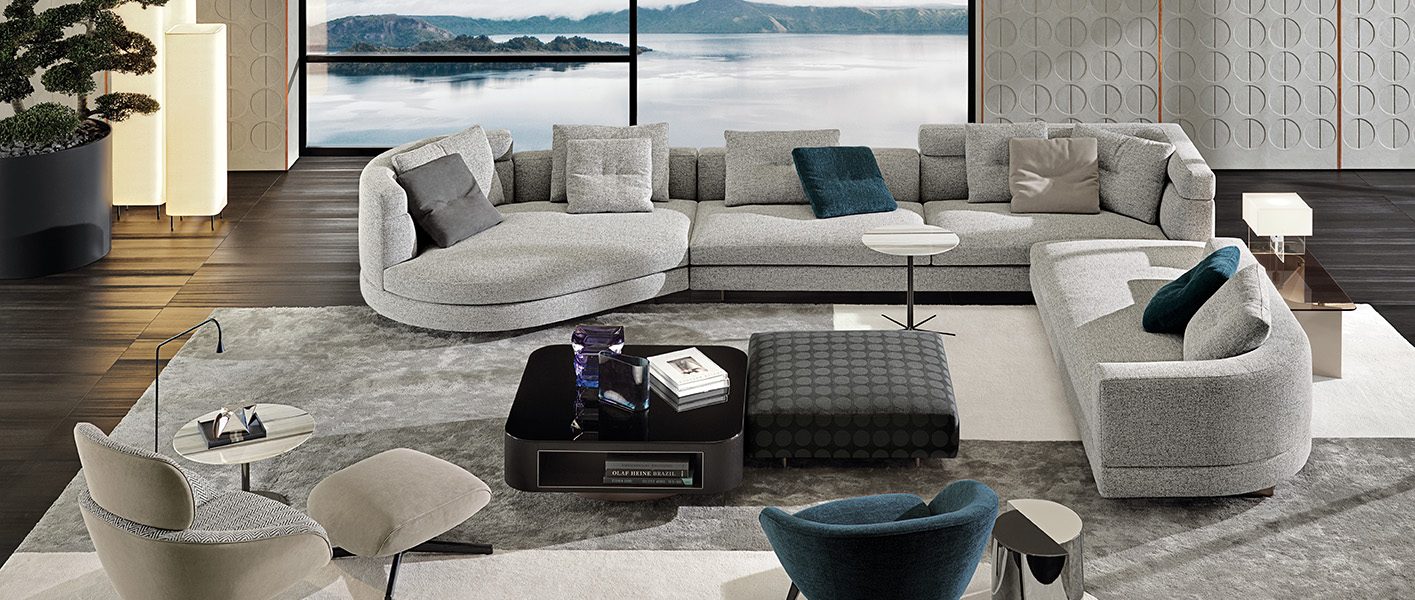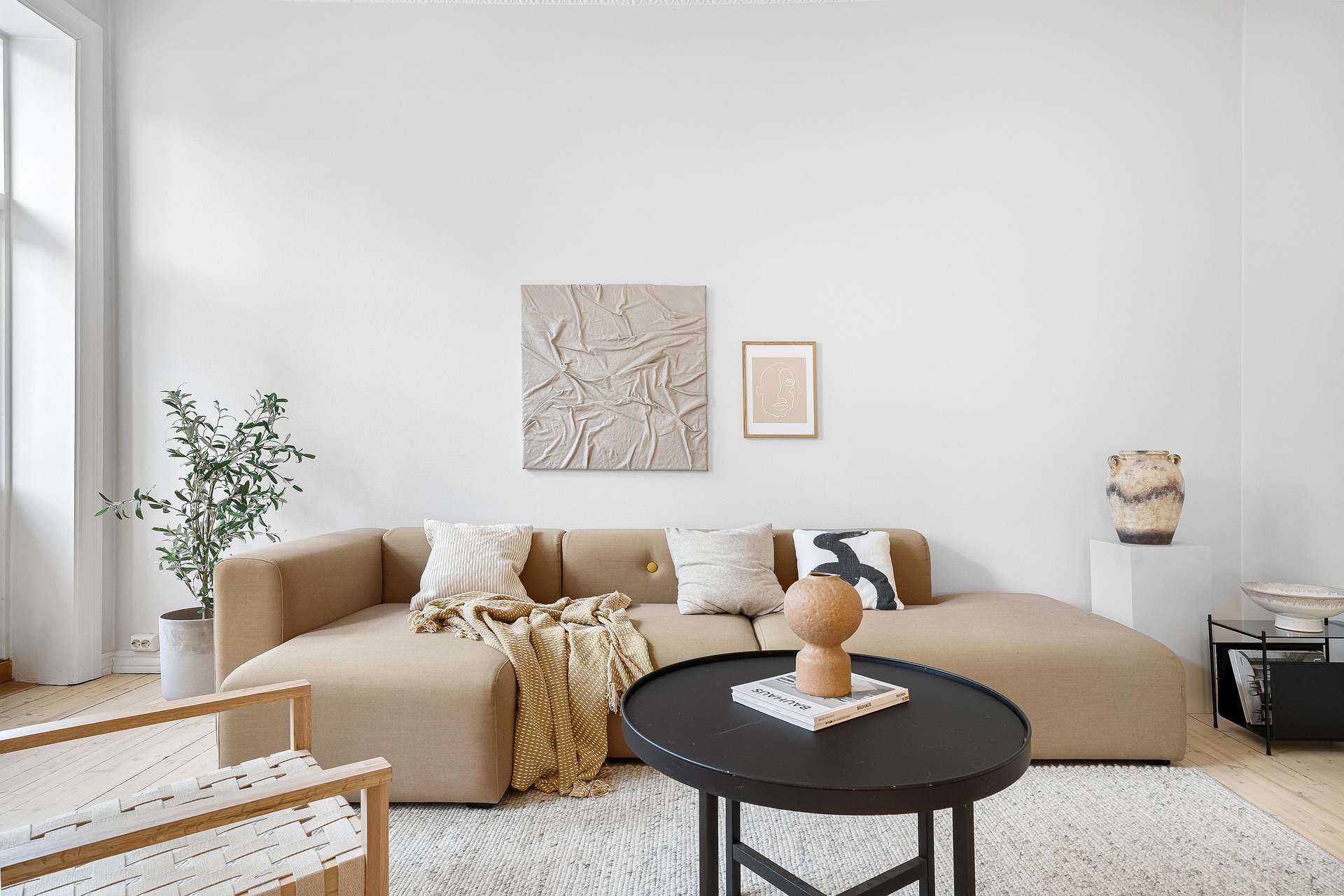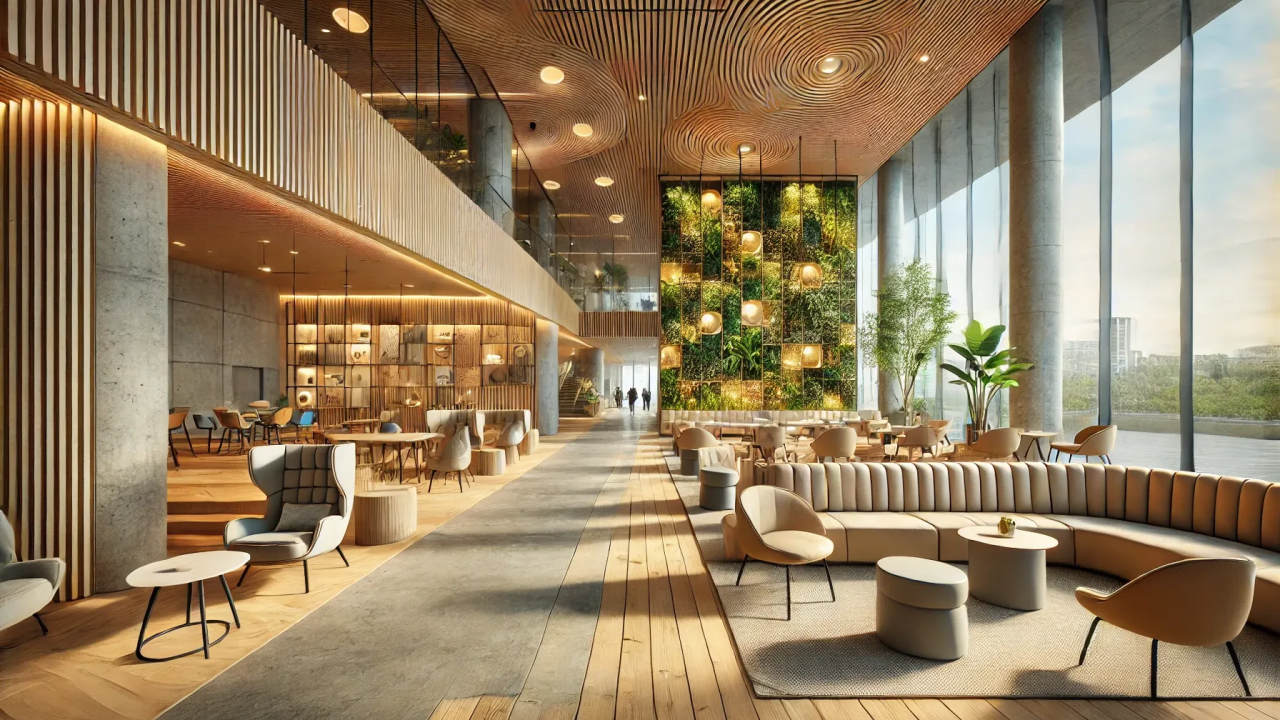THE ROLE OF PROPORTION AND SCALE IN CREATING TIMELESS SPACES

In architecture, the most
celebrated spaces often share a subtle yet powerful trait — a harmonious sense
of proportion and scale. While style, materials, and technology evolve over
time, it is proportion and scale that lend timelessness to a design. These
fundamental principles quietly shape how we perceive and experience space,
making us feel comforted, inspired, or awed, often without realizing why.
Proportion refers to the
relationship between elements within a space — the height of a ceiling to the
size of a room, the width of a window to the wall, or the size of a column to
the structure it supports. When these relationships are thoughtfully balanced,
they create visual harmony and functional efficiency. Classic examples, like
the Parthenon in Athens or Renaissance churches, demonstrate how ideal
proportions — often derived from nature or mathematical ratios such as the
Golden Section — have long been used to create spaces that feel inherently
pleasing.
Scale, on the other hand, refers
to how a space or object relates to the human body or to its context. A room
that is too large can feel overwhelming, while one that is too small may feel
claustrophobic. A staircase with awkwardly tall risers disrupts movement; a
facade out of scale with its surroundings may feel alien. Scale ensures that
architecture resonates with human users — physically, psychologically, and
emotionally.
Together, proportion and scale
bridge the gap between built form and human experience. When done well, they
create an intuitive sense of comfort and coherence. Think of a cozy reading
nook nestled under a staircase — modest in size, yet perfectly scaled for
solitude and peace. Or a grand atrium in a public building — vast in volume,
yet proportioned to uplift and impress without intimidating.
Timeless architecture often
transcends trends because it respects these human-centered principles. Historic
buildings that remain admired centuries later usually share a mastery of
proportion and scale. Similarly, modern architects like Louis Kahn, Le Corbusier,
and Tadao Ando have all emphasized these concepts in creating powerful yet
restrained architecture.
Moreover, the concept of
proportion is not limited to geometry alone — it extends to light, material,
rhythm, and void. For instance, a series of windows placed in rhythmic
proportion along a corridor can guide movement and create visual interest. The
use of proportional repetition in elements like arches, beams, or tiles can
create a sense of order and unity.
In today’s era of rapid
construction and visual overload, the quiet discipline of proportion and scale
is more important than ever. While digital tools can generate complex forms
with ease, it is the sensitive calibration of spatial relationships that truly
defines good architecture.
Ultimately, timeless spaces are those that feel “just right” — not because of lavish materials or bold statements, but because they are built on the enduring human need for balance, clarity, and connection. And it is through the subtle yet powerful art of proportion and scale that architects can create spaces that continue to speak across generations.



